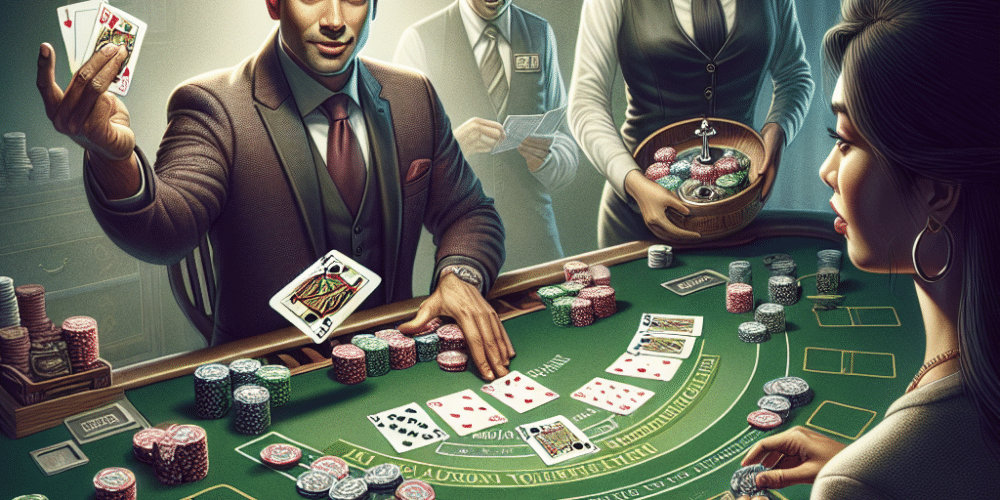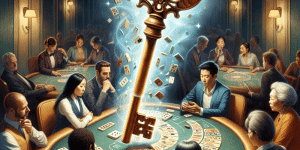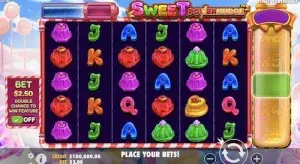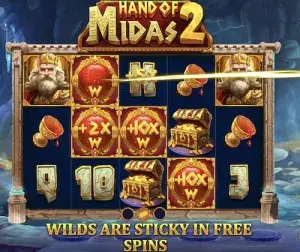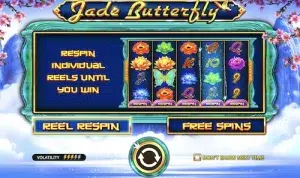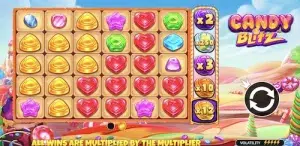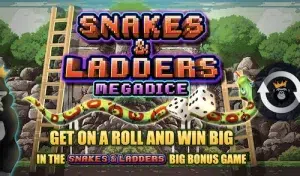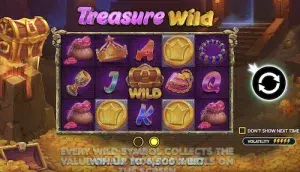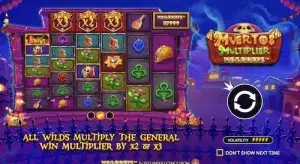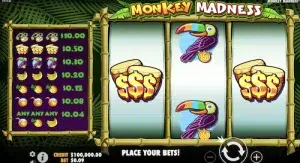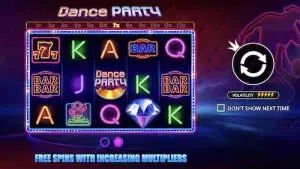Understanding Basic Strategy
One of the most common mistakes novice Blackjack players make is not adhering to basic strategy. This strategy involves playing your hand in the most statistically advantageous way, based on your cards and the dealer’s upcard. By adhering strictly to basic strategies, players can reduce the house edge to around 0.5%.
Memorizing the Chart
The backbone of mastering Blackjack lies in memorizing the basic strategy chart. This chart dictates whether to Hit, Stand, Double Down, or Split, depending on the hand you’re dealt. For instance, if you hold a 15 and the dealer’s upcard is a 6, basic strategy advises you to stand. However, if the dealer’s upcard is 7 or more, hitting becomes a safer bet.
Examples in Practice
Imagine you’re dealt an ace and a 6, while the dealer shows a 5. Basic strategy suggests doubling down, maximizing your profits when the dealer is likely to bust. Real-world application of this scenario consistently can significantly increase your winning odds over time.
Mastering Card Counting Techniques
Card counting, a technique stereotyped by movies like “21”, is not illegal but frowned upon in casinos. It involves tracking the ratio of high to low cards left in the deck to determine betting adjustments.
Choosing a Counting System
Beginners might start with the Hi-Lo strategy, a simple system where cards 2 through 6 are counted as +1, and 10s through Aces as -1. The higher the count, the more you should bet, as a high count suggests a higher likelihood of drawing a blackjack or high hand.
Practical Application in a Casino
Suppose you’re playing and notice an increasing positive count; this should signal you to increase your bets. Conversely, a negative count indicates more low cards remain, suggesting smaller bets since the dealer’s chance of busting decreases.
Effective Bankroll Management
Good bankroll management is as crucial as game strategy. The golden rule is never to bet more than you can afford to lose.
Setting Betting Limits
Determine what percentage of your bankroll you are willing to risk in a single session. Typically, a safe bet would range between 1% to 5%. Keeping to this range helps you play longer and avoid the detrimental effects of short-term swings.
Adjusting Bet Size Based on Performance
If you’re on a winning streak and your bankroll increases, recalibrating your bet size accordingly maintains the risk balance. The same goes for reducing bet size during a losing streak, protecting your remaining bankroll.
Strategies for Splitting and Doubling Down
Knowing when to split pairs and double down can drastically alter the game’s dynamics and your potential payout.
Splitting Pairs
Always split Aces and 8s. Two Aces give you two opportunities to hit 21, and splitting 8s breaks up a 16, which is a weak hand if stood upon. However, never split 10s or 5s; a pair of 10s is a strong hand, while 5s doubled down can potentially win against a weak dealer’s hand.
Doubling Down
A prime opportunity for doubling down is when holding a total of 11, as the chances of hitting a 10-value card are very high. Another scenario includes doubling a 9 when the dealer shows a 2 through 6, exploiting the dealer’s higher chances of busting.
Conclusion: Realistic Winning Enhancements
While no strategy can guarantee a win every time in Blackjack, combining solid basic strategy, card counting, proper bankroll management, and smart game decisions can greatly enhance your chances of leaving the table with a profit. Remember, the goal is not to win every hand, but to make decisions that have a positive expected value over time. Embrace these strategies, practice regularly, and watch your performance improve game by game!

David Garato is a luminary in gaming journalism, renowned for peeling back the curtain on the gaming world with his witty and insightful commentary. A decade into weaving stories from the pixelated edges of indie games to the expansive universes of AAA titles, David’s work is a thrilling blend of analysis and adventure. When not writing, he’s live-streaming, sharing his gaming exploits with an engaged and growing audience. David doesn’t just write about games; he lives them, making him a trusted guide in the gaming community.


